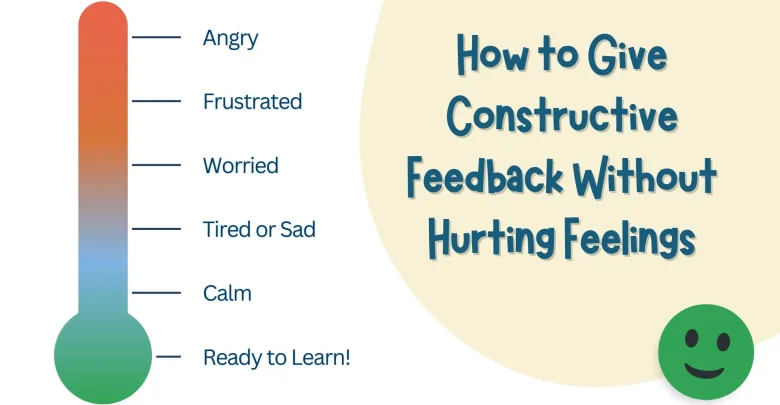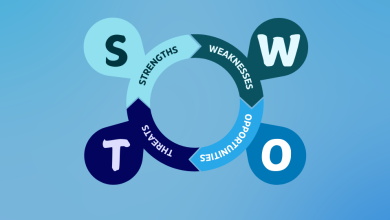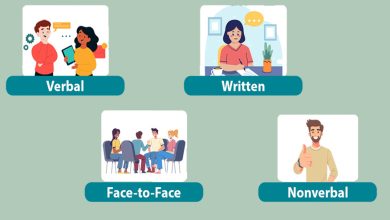How to Give Constructive Feedback Without Hurting Feelings

Why Is Constructive Feedback Important?
Giving feedback is about more than just pointing out mistakes. Constructive feedback encourages improvement, builds confidence, and fosters stronger connections. Whether you’re managing a team or helping a friend, knowing how to provide constructive feedback helps people grow and develop in a supportive environment.
Effective Communication Skills for Leaders here to connect readers to related content.
What Is Constructive Feedback?
 Constructive feedback is feedback aimed at helping someone improve rather than tearing them down. Unlike criticism that focuses on what’s wrong, constructive feedback highlights areas for improvement in a way that encourages the person to make changes without feeling bad about themselves.
Constructive feedback is feedback aimed at helping someone improve rather than tearing them down. Unlike criticism that focuses on what’s wrong, constructive feedback highlights areas for improvement in a way that encourages the person to make changes without feeling bad about themselves.
-
Choose the Right Time and Place
Timing is the whole thing when it comes to charitable feedback. If the person is already stressed or dealing with other challenges, your feedback might feel like piling on. Try to find a time when they’re relaxed and open to a calm conversation.Understanding Emotional Intelligence in the Workplace to provide readers with additional insights on handling emotional situations.
Tips:
- Avoid public settings. Give feedback in a private, comfortable space to keep the person from feeling embarrassed.
- Be mindful of your tone. A calm, gentle approach shows respect and keeps the discussion positive.
-
Start with Positive Acknowledgment
 Nobody likes to be criticized, but everyone loves being appreciated. Start your feedback by acknowledging something positive the person has done. This softens the impact of what you’re about to say and makes them more receptive to hearing it.
Nobody likes to be criticized, but everyone loves being appreciated. Start your feedback by acknowledging something positive the person has done. This softens the impact of what you’re about to say and makes them more receptive to hearing it.
Why This Works
When you start with praise, the person feels valued. They’re more likely to engage positively with the feedback if they don’t feel attacked.
-
Be Specific and Objective
When giving feedback, avoid vague statements like “You need to do better.” Instead, focus on specific behaviors or actions and provide concrete examples. Being specific helps the person understand exactly what needs improvement without feeling attacked.
How to Do It:
- Say this: “Your account was full, but it would have remained more real with additional investigate on contestant examination.”
- Avoid this: “Your report was too basic.”
-
Use “I” Statements
Using “I” statements helps frame feedback as your perspective rather than a universal truth. For example, saying, “I felt that the presentation could use a bit more data to support your points,” is less confrontational than “Your presentation didn’t have enough data.”
Benefits of “I” Statements
“I” statements help reduce defensiveness because they make it clear that you’re sharing your personal viewpoint rather than accusing the other person of wrongdoing.
Outbound Link Placement: Link to an article on “Effective Communication Techniques” to give readers a broader context on using “I” statements and other methods.
-
Offer Solutions or Alternatives
Feedback without solutions can leave a person feeling stuck. If you notice a problem, suggest ways they could address it or offer resources to help them improve. This shows that you’re invested in their success, not just pointing out their mistakes.
Example Solution-Oriented Feedback: “Next time, it might help to break down your project into smaller steps to stay on track.”
Bold Keyword Placement: Constructive Feedback Without Hurting Feelings.
Why This Matters
Offering solutions shows empathy and willingness to help. It takes your feedback from mere criticism to a valuable learning moment.
-
Follow Up and Show Support
Feedback shouldn’t be a one-time thing. Follow up with the person afterward to show that you care about their progress. This builds trust and helps them feel comfortable with future feedback sessions.
Learning how to give constructive feedback without hurting feelings is a valuable skill. By choosing the right time, being specific, using “I” statements, and offering solutions, you can make feedback a productive and positive experience for everyone involved. Remember, the goal is to help, not to criticize, and a little kindness goes a long way.


